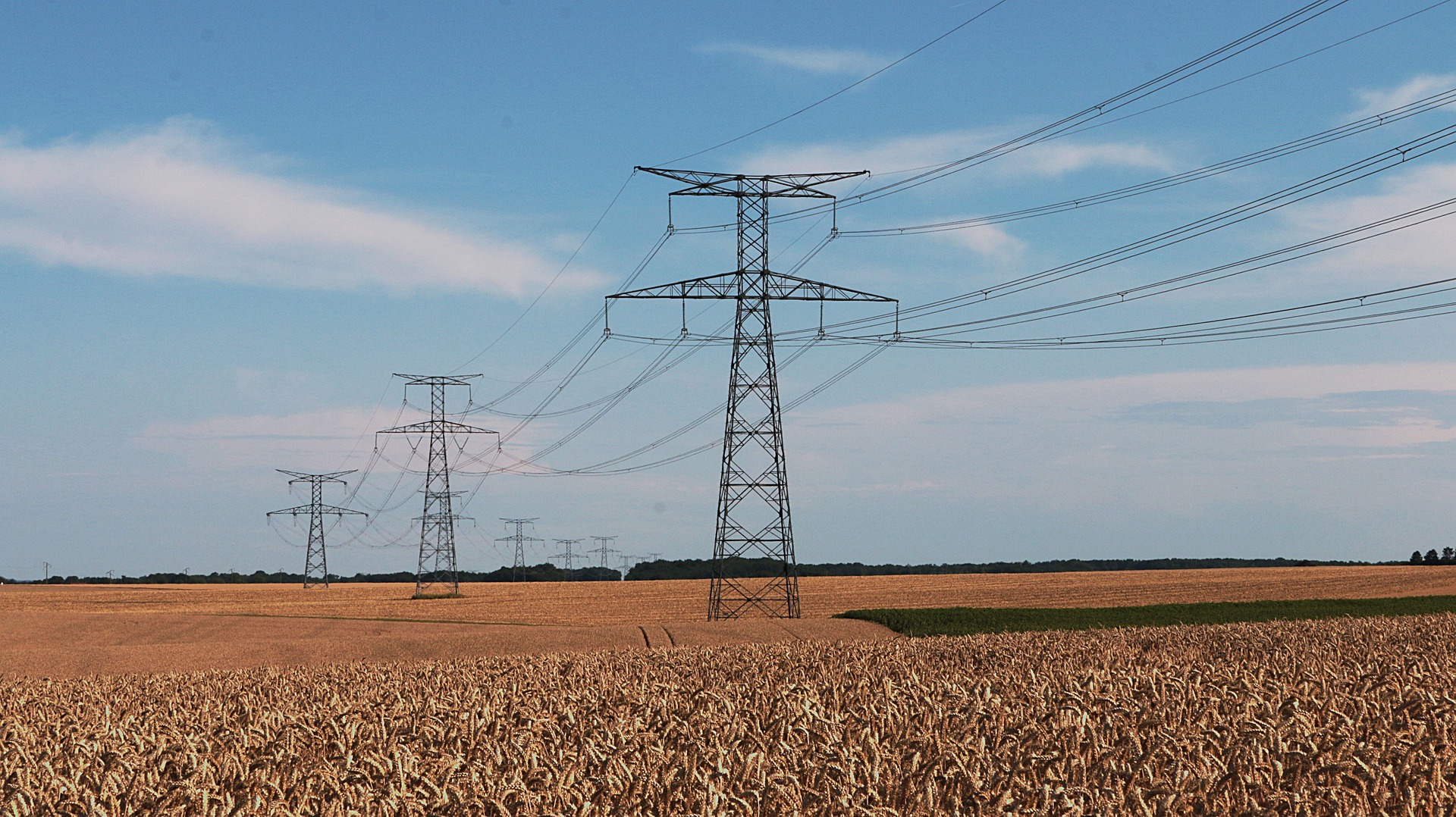Pylons and electricity transmission

There are over 7,000 km of high-voltage overhead electricity lines across England and Wales, and most of these are in the countryside.
We welcome efforts to reduce impacts of existing lines. We also believe more needs to be done to reduce the effects of new lines.
Success
CPRE first called for unsightly pylons to be moved underground more than a decade ago. We are on the Stakeholder Advisory Group for the Visual Impact Provision project, which advises National Grid on how best to mitigate the impact of their existing network of high-voltage electricity lines in National Parks and Areas of Outstanding Natural Beauty (AONBs). After several years of deciding which sites would have the greatest impact on landscape improvement, we are finally seeing the pylons’ demise.
In late 2022 we celebrated when the final pylon came down in a stretch of the Peak District National Park as a result of CPRE campaigning. The Peak District power line from Dunford Bridge through the Upper Don Valley to Castle Hill is now underground for 1.5km.
We were also pleased to see the pylons start to come down in Dorset Area of Outstanding Natural Beauty. This project will see 22 pylons removed and 9 km of power lines buried underground.
Our concerns
Notwithstanding the progress in Dorset and the Peak District, we have concerns that the good practice approaches emerging from the Visual Impact Provision project are not being replicated in plans for new high-voltage lines, such as that proposed for East Anglia that would stretch overhead for 180 km from Norwich to Tilbury. And we’re keeping a watching brief on National Grid’s plans for Hertfordshire.
We believe that as far as possible overhead electricity lines should be avoided in the most precious parts of our countryside by routing lines elsewhere — including offshore — or burying the lines.



